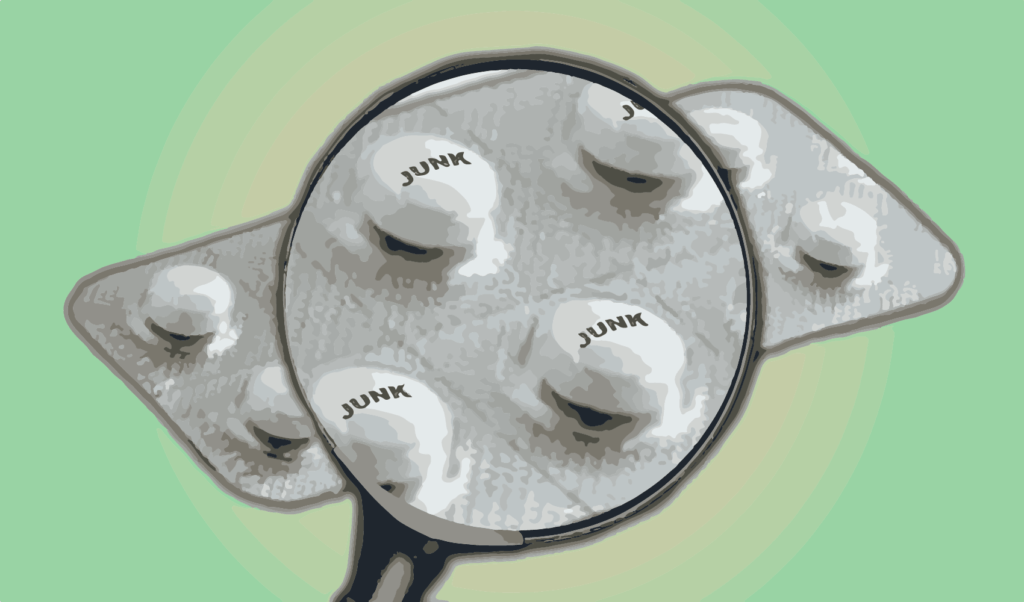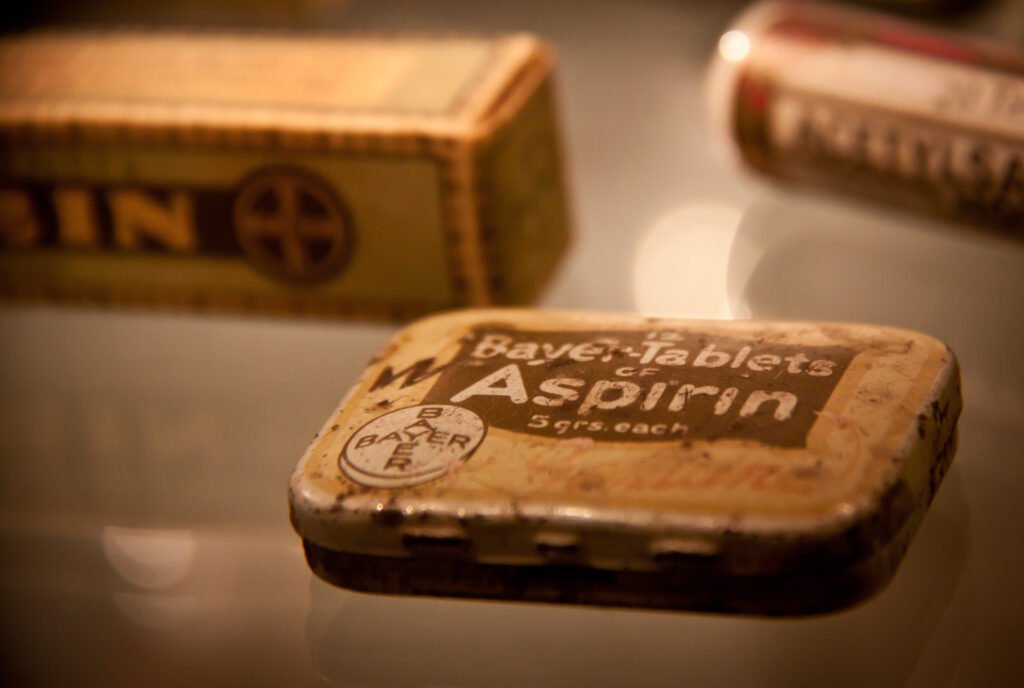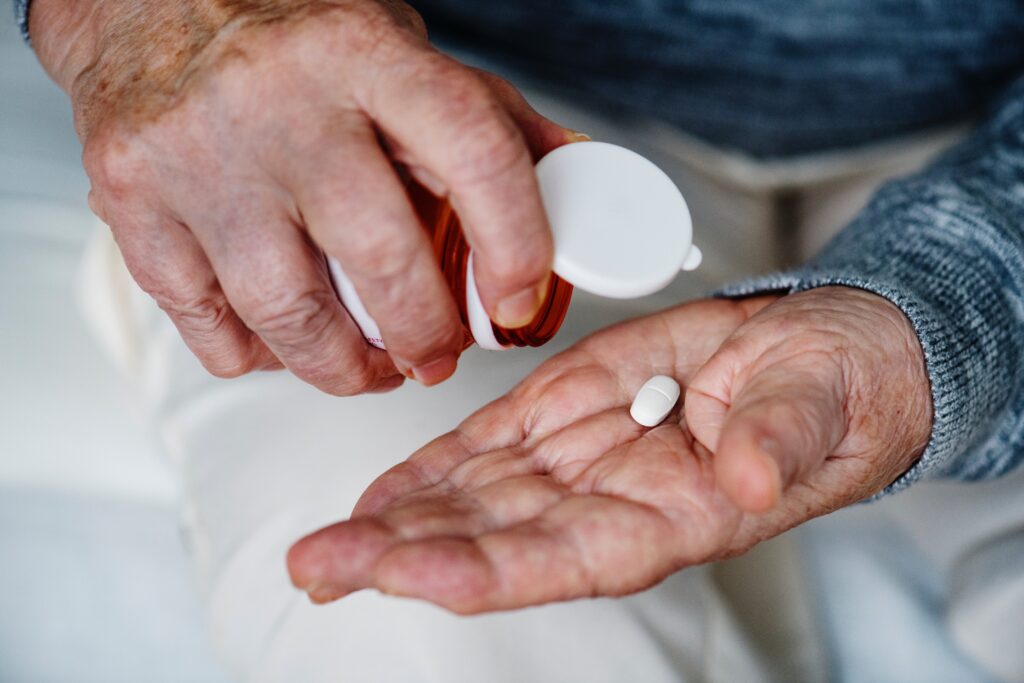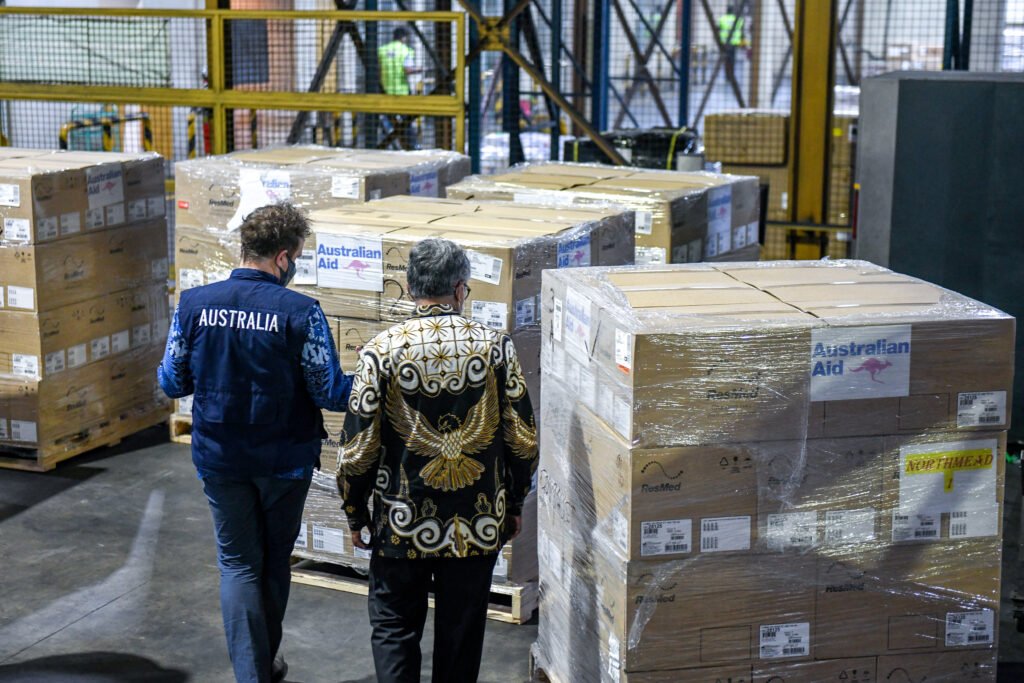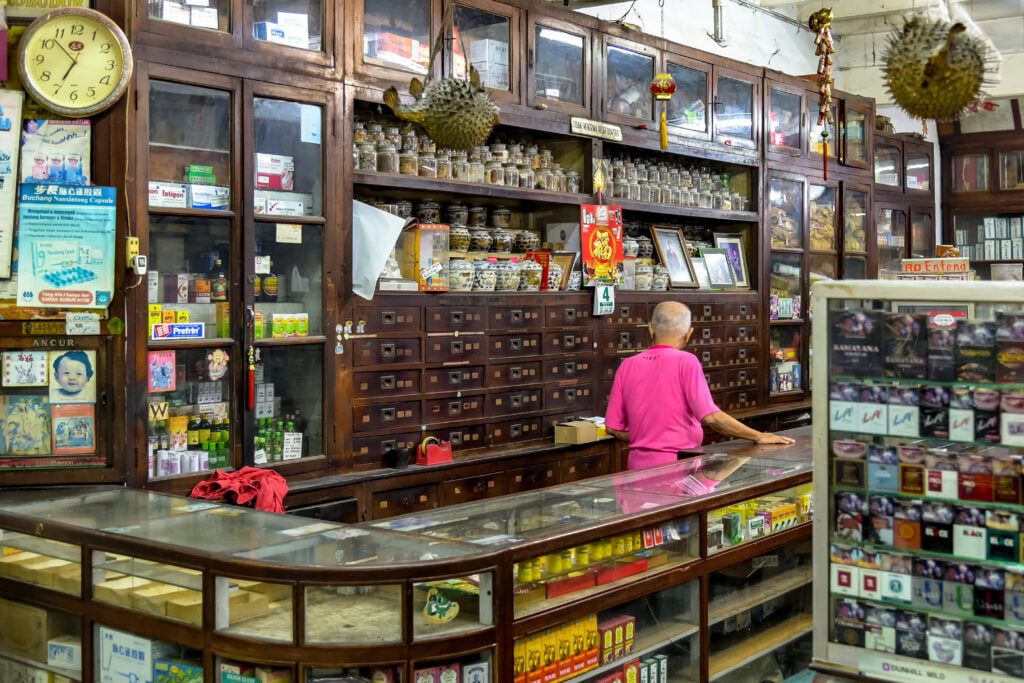Fraudulent and substandard antimalarials drive up case numbers, suffering and death. They are the main obstacle as India pursues malaria eradication by 2030.
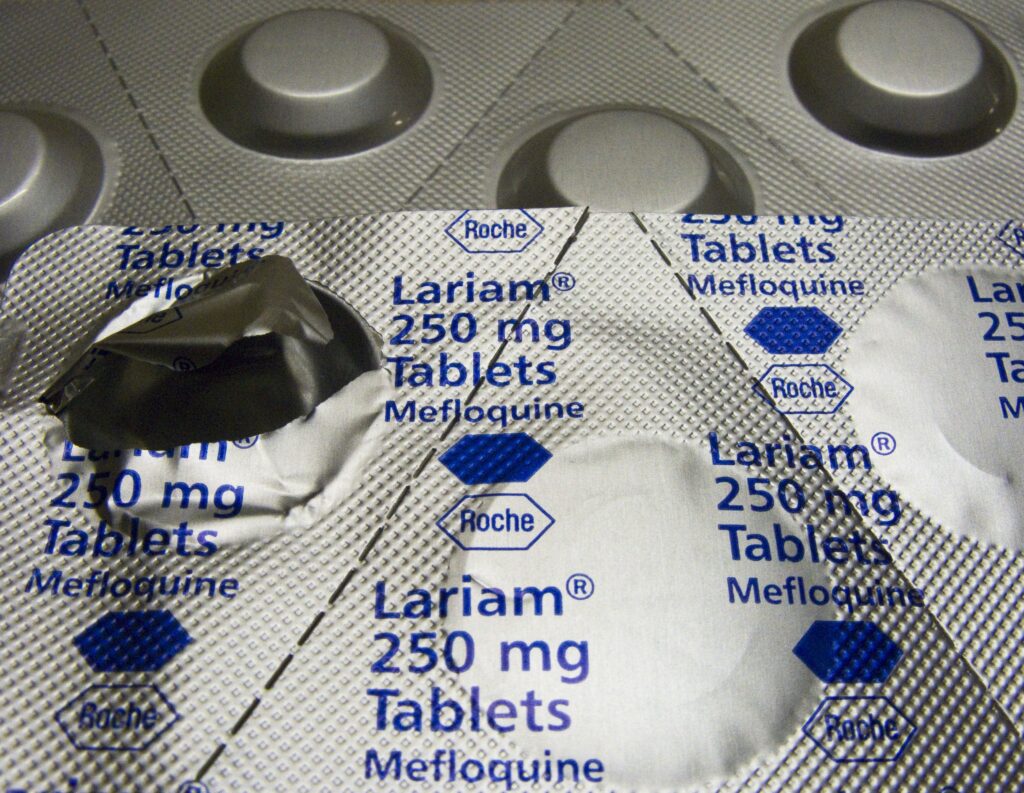 When 119 random samples of chloroquine-based antimalarials from pharmacies in the Indian cities of Delhi and Chennai were screened, 7 per cent were found to be substandard. : David Davies, Flickr CC BY SA 2.0
When 119 random samples of chloroquine-based antimalarials from pharmacies in the Indian cities of Delhi and Chennai were screened, 7 per cent were found to be substandard. : David Davies, Flickr CC BY SA 2.0
Fraudulent and substandard antimalarials drive up case numbers, suffering and death. They are the main obstacle as India pursues malaria eradication by 2030.
India has an ambitious goal: to eradicate malaria by 2030.
But first it must eradicate low-quality antimalarials. These substandard and counterfeit medicines create antimalarial resistance, increasing case numbers and causing more illness and death.
Malaria killed 627,000 people globally in 2020, according to the World Health Organization (WHO). India’s ‘malaria map’ has contracted in recent years as some high-transmission areas have become low-transmission areas, but the country still bears the brunt of Southeast Asia’s malaria burden, with 82.5 percent of the region’s 5 million annual cases.
Malarial parasites are developing resistance to the antimalarial agent artemisinin and mosquitoes (which carry the parasites) are developing resistance to insecticides, creating challenges for malaria control and elimination. There is no global system for collecting essential data, such as region- specific information on the clinical and parasitic response to particular antimalarials, and the migration and transmission rate of malarial parasites, which makes it difficult to identify hot spots and eradicate low-quality antimalarials.
When 119 random samples of chloroquine-based antimalarials from pharmacies in the Indian cities of Delhi and Chennai were screened, 7 per cent were found to be substandard. In India, regulatory issues such as inadequate testing facilities and lack of uniform enforcement contribute to the problem of substandard medicines.
The gold-standard methods for detecting substandard medicines are high-performance liquid chromatography and mass spectrometry, but these are costly and require expertise and special maintenance. Currently, seven central-government laboratories and 29 state- or territory-government laboratories in India use the most advanced techniques for monitoring and quality control of drugs and biologicals.
The US medicines authority has devised a counterfeit-detection device equipped with LEDs that detect the reflected light from labels without destroying the blister pack containing the medicines. In India, this counterfeit-detection device could enhance awareness and quick detection of substandard antimalarials in remote areas and villages where sophisticated analytical techniques are not available. Smartphone apps could also be used as accessible anti-counterfeit tools.
A shortage of expert entomologists and skilled health workers in India has led to inadequate surveillance of the mosquitoes that carry malaria parasites and incomplete case reporting.
Rapid detection tests could make malaria cases easier to track. Many rapid tests use antibody-based detection and cannot differentiate between the different species of malarial parasite. Antigen-based kits provide a more sensitive and specific diagnosis. Although microscopy-based detection is the ideal, rapid immunochromatographic antigen-based detection has the advantages of easy access, fast detection, reduced pathological variations and preventive early diagnosis. There is high demand for tests that detect the protein specific to the Plasmodium falciparum parasite, which is responsible for the great majority of malaria cases in India. But a recent study suggests some rapid tests are returning false negatives, indicating a need for periodic surveillance to track cases more reliably.
If pharmaceutical manufacturers that make good-quality generic (low-cost) antimalarials lose income to substandard or fraudulent competitors, they may be discouraged from making these medicines. As a result, countries with endemic malaria, such as India, may have reduced access to genuine antimalarials.
Global documentation, regulation and upgrading of guidelines for detecting substandard antimalarials, and better rapid detection tests to improve case reporting, are all essential as India strives for zero malaria by the end of the decade.
Dr Amrita Chaudhary is Scientist-II in the Division of Reproductive Biology, Maternal & Child Health, Indian Council of Medical Research, Department of Health Research, Ministry of Health and Family Welfare, Government of India in New Delhi.
Dr Taruna Arora is Scientist C in the Division of Reproductive Biology, Maternal & Child Health, Indian Council of Medical Research, Department of Health Research, Ministry of Health and Family Welfare, Government of India in New Delhi.
The authors have declared no conflict of interest in relation to this article.
Image published under Creative Commons.
Originally published under Creative Commons by 360info™.


